Why Cats Can't Grip Rotating Surfaces: The Science Behind Oscillot

Why Cats Can't Grip Rotating Surfaces: The Science Behind Feline-Proof Barriers
Understanding the Physics That Keeps Your Cat Safe at Home
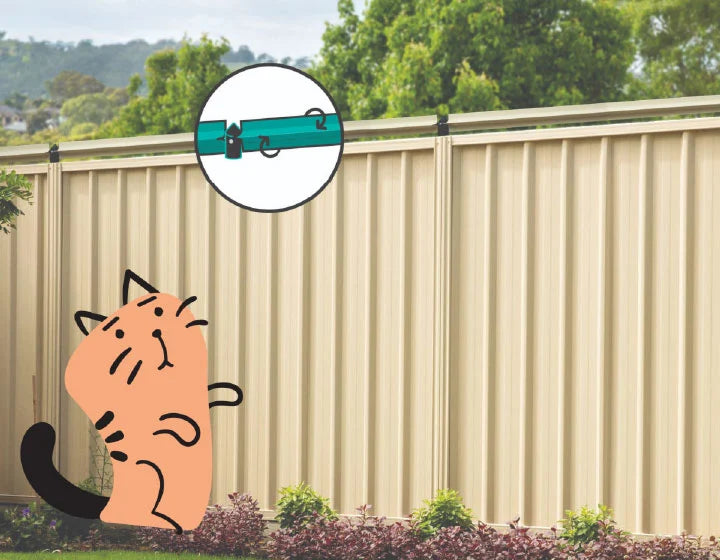
Every American homeowner with an outdoor-loving cat faces the same dilemma: how do you keep your feline friend safe without restricting their enjoyment of fresh air? The answer lies in understanding a fascinating principle of physics and biology—cats simply cannot grip rotating surfaces. This scientific reality has revolutionized cat containment systems and given pet owners across the United States a humane, effective solution for keeping their cats secure.
The Anatomy of a Cat's Grip
To understand why cats can't grip rotating surfaces, we first need to examine how cats grip in the first place. Cats are exceptional climbers, equipped with retractable claws that function like miniature grappling hooks. These sharp, curved claws can dig into static surfaces—wood fences, tree bark, fabric, and even drywall—providing the friction and purchase necessary for climbing.
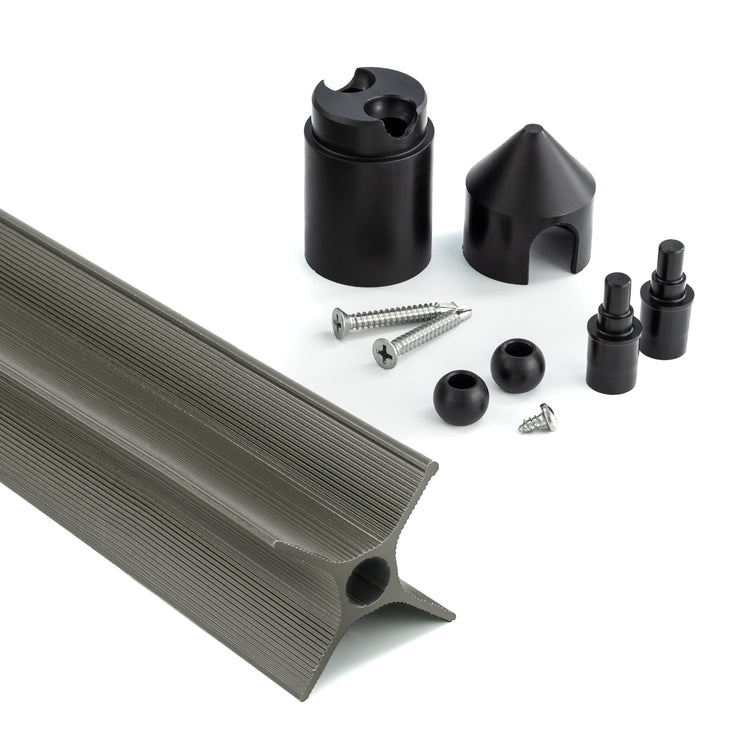
A cat's paw contains specialized tendons that allow them to extend their claws on command, creating multiple points of contact with a surface. When combined with their powerful leg muscles and low center of gravity, cats can scale seemingly impossible barriers. However, this entire system depends on one critical factor: the surface must be stationary. The moment that surface begins to rotate, the physics change entirely.
The Physics of Rotation: Why Static Friction Fails
When a cat attempts to climb a static fence or wall, they rely on static friction—the force that prevents two surfaces from sliding against each other. Their claws create multiple anchor points, distributing their weight and generating enough friction to support upward movement. But when a surface rotates, static friction is replaced by kinetic friction, which is significantly weaker and constantly changing direction.
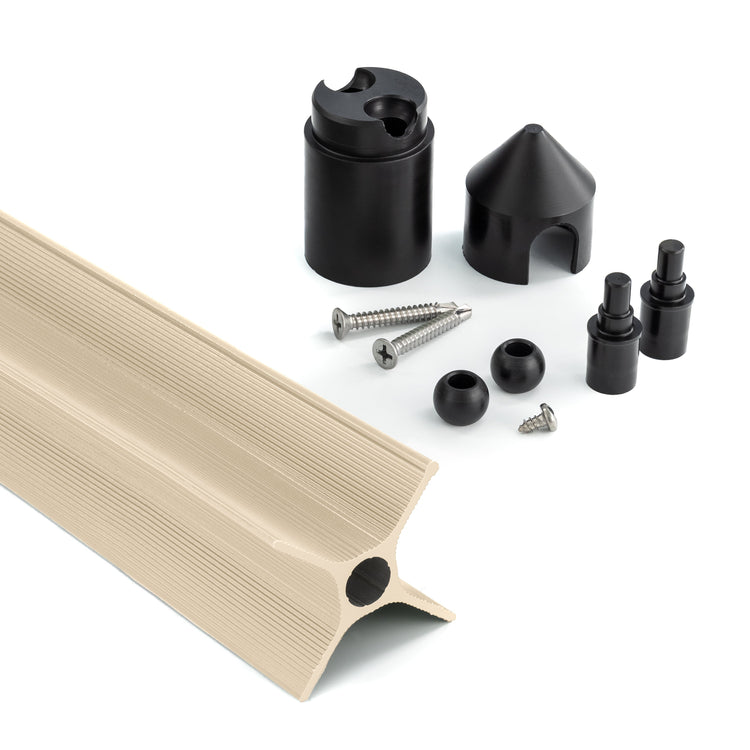
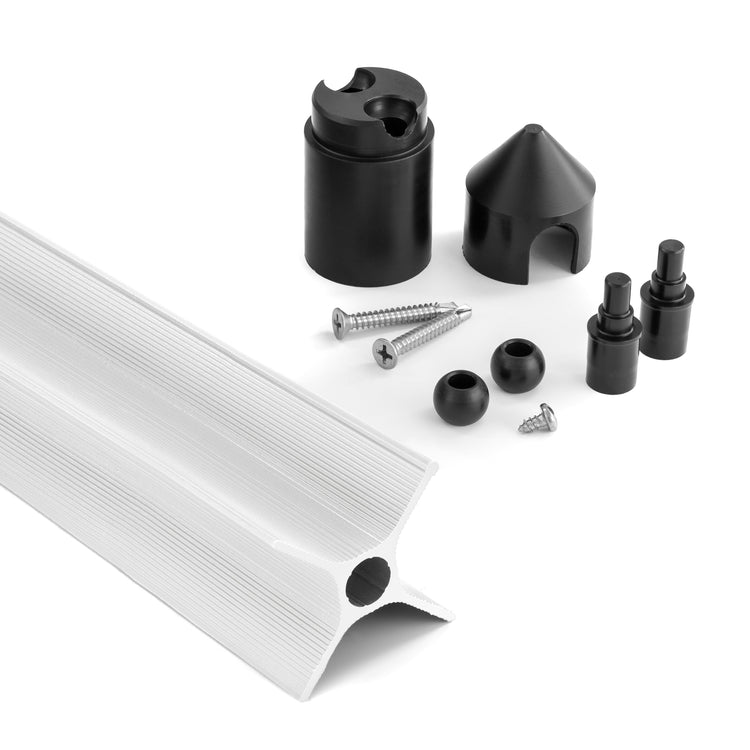
The Oscillot cat containment system capitalizes on this principle with ingenious simplicity. When a cat reaches the top of a fence and encounters the rotating paddles, their weight causes the paddle to spin. Their claws, designed to grip static surfaces, find no purchase. Instead of climbing over, the cat is gently deposited back in the yard—unharmed but thoroughly discouraged.
Material Science: Engineering the Perfect Deterrent
The effectiveness of rotating barriers isn't just about motion—it's also about material. The Oscillot paddle sets are manufactured from UV-resistant, weatherproof polymers specifically engineered for outdoor use in American climates. Whether you're dealing with the humid summers of Florida, the harsh winters of Minnesota, or the intense sun of Arizona, these paddles maintain their structural integrity and smooth surface.

Why Material Matters
The smooth, curved surface of each paddle provides minimal texture for claws to catch on. Combined with the rotation mechanism, this creates an insurmountable barrier that doesn't rely on height, electricity, or anything that could harm your pet. Available in three attractive colors—Slate Grey, Merino, and White—the system blends seamlessly with any home's aesthetic while providing maximum protection.
Real-World Applications: From Fences to Trees
The beauty of rotating surface technology extends beyond just fence tops. American homeowners have discovered multiple applications for this principle throughout their properties. The cat tree guard ($29.99) prevents cats from climbing trees that might lead to neighbor's yards or dangerous heights, while various fence kits accommodate different perimeter lengths.


For smaller yards or sections, the 20-foot cat-proof fence kit provides complete coverage at just $159 (regularly $199). Larger properties benefit from the 40-foot kit at $301 (sale from $377). These systems have been tested across thousands of American homes with a success rate that speaks for itself.
Scientific Testing and Proven Performance
Unlike traditional barriers that cats can sometimes overcome through persistence or cleverness, rotating surfaces present an unchangeable physical reality. Extensive testing has shown that cats quickly learn that the rotating paddles are impassable. After one or two attempts, most cats simply stop trying, accepting their yard boundaries without stress or repeated escape attempts.
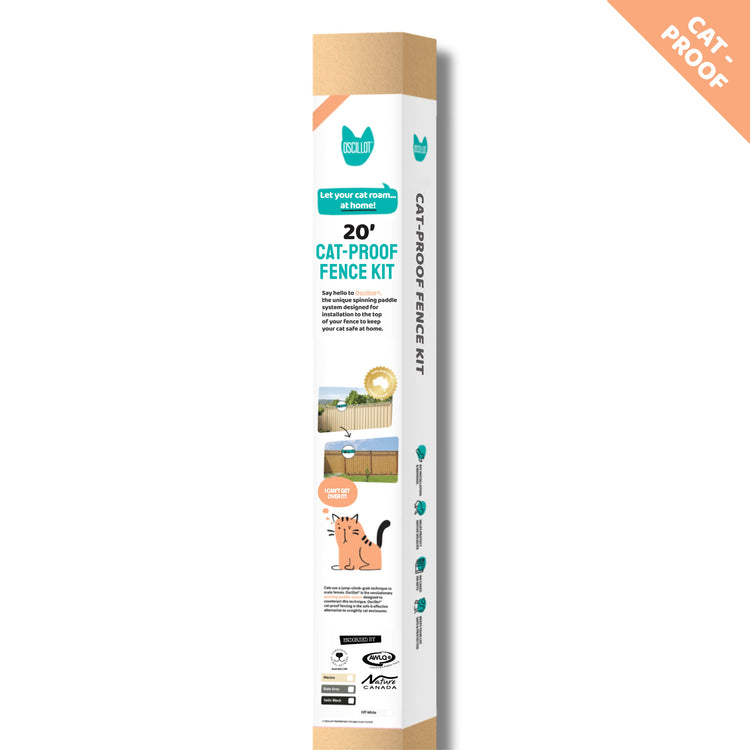
The system's mechanics are beautifully simple: each paddle rotates freely on a central axle, requiring no electricity, batteries, or maintenance beyond occasional cleaning. This passive system works 24/7, in all weather conditions, providing constant protection without ongoing costs or monitoring.
Limited Time Pricing
4' Starter Kit: $53 $42
20' Complete Kit: $199 $159
40' Premium Kit: $377 $301
Paddle Sets: $32 $24.99
Shop All Products Installation GuideWhy Rotating Barriers Outperform Static Solutions
Traditional cat containment methods—from adding height to fence tops to installing angled barriers—all share a common weakness: they remain static. Determined cats can study static obstacles, test different approaches, and eventually find weaknesses. Some athletic cats can leap impressive heights, while others develop climbing techniques that overcome barriers their owners thought were secure.

Rotating surfaces eliminate this learning curve. No amount of practice, strength, or determination changes the fundamental physics. The verified customer reviews consistently report that even the most escape-prone cats are safely contained after installation, often on the very first attempt.
Installation and Customization Options
American homeowners appreciate that the Oscillot system works with existing fences rather than requiring complete reconstruction. The installation process can be completed in an afternoon with basic tools, and detailed guidance helps avoid common mistakes. Whether you're securing a small patio area or an acre of property, the modular design scales to your needs.



Conclusion: Physics Meets Pet Safety
The question "why can't cats grip rotating surfaces?" has a straightforward answer rooted in physics, biology, and material science. Cats' gripping mechanisms evolved for static surfaces, making rotating barriers an insurmountable challenge regardless of the cat's strength, agility, or determination. For American homeowners seeking a humane, effective, and maintenance-free solution to cat containment, understanding this principle opens the door to worry-free outdoor time for beloved pets.
The Oscillot system represents the practical application of this scientific reality, providing a proven solution that's protected thousands of cats across the United States. With professional installation support, weather-resistant materials designed for American climates, and a track record of success, it's no wonder that rotating barrier technology has become the gold standard in cat containment.


